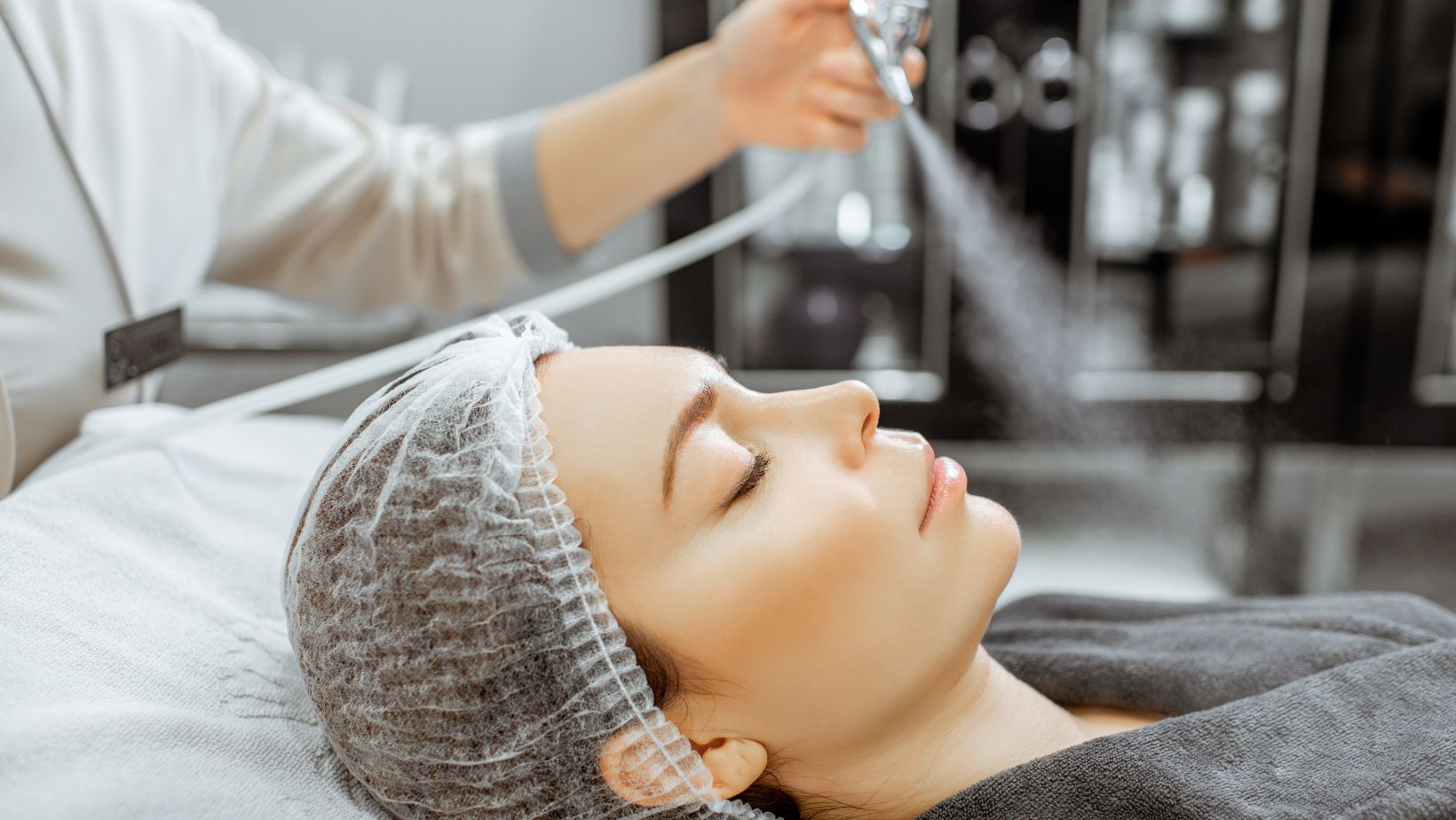
Dry skin is honestly a hassle. It can make you uncomfortable, cause flaking, and sometimes even make your skin look older than it should.
You don’t need surgery or fancy, overpriced treatments to get hydrated skin—just some simple habits and the right products can really change things. These strategies help your skin hold onto moisture and keep its protective barrier strong.
If you want healthy, hydrated skin, you’ll need to stick with a routine and pay attention to both what’s going on inside your body and what you’re putting on the outside. Drinking enough water and picking the right moisturizer can make a big difference.
Essential Strategies for Skin Hydration
Keeping your skin hydrated isn’t rocket science, but it does take some consistency and a bit of know-how. The trick is to support your skin’s natural barrier and add moisture in a few different ways.
Daily Hydration Habits
Drink enough water—shoot for 8 glasses (about 2 liters) each day. It’s basic, but staying hydrated helps everything from flushing out toxins to keeping your skin cells happy. What you eat matters, too. Omega-3-rich foods like salmon, walnuts, and flaxseeds help reinforce your skin’s barrier so it doesn’t lose moisture as fast.
 If you live somewhere dry or spend lots of time in air conditioning, a humidifier can help. It puts moisture back into the air, which stops your skin from drying out so quickly. Hot showers feel great but they’re not doing your skin any favors. Try to keep them short—5 to 10 minutes—and use lukewarm water instead. Your skin will thank you.
If you live somewhere dry or spend lots of time in air conditioning, a humidifier can help. It puts moisture back into the air, which stops your skin from drying out so quickly. Hot showers feel great but they’re not doing your skin any favors. Try to keep them short—5 to 10 minutes—and use lukewarm water instead. Your skin will thank you.
Sun protection isn’t just for beach days. UV rays suck moisture out of your skin, so slap on SPF 30 or higher every day, even when it’s cloudy.
Topical Moisturizer Application Tips
Moisturize right after you shower or wash your face, while your skin’s still damp. This helps trap that water before it can evaporate.
Don’t overdo it—a nickel-sized blob is enough for your face, and about a quarter-sized amount covers your neck and chest.
How to apply:
- Use gentle, upward strokes
- Be careful not to tug or pull
- Pat around your eyes instead of rubbing
Layer your products from thinnest to thickest. Start with serums, then go for lotions, and finish with heavier creams or oils. If your skin is super dry, try “moisture sandwiching”—put hydrating stuff on damp skin, then seal it in with something thicker. Reapply moisturizer during the day if you need to, especially after washing your hands or if you’re in a dry place.
Choosing the Right Hydrating Ingredients
Look for humectants—these draw water into your skin:
- Hyaluronic acid (this one’s a superstar—holds up to 1000x its weight in water)
- Glycerin
- Aloe vera
- Honey
Emollients smooth things out by filling gaps between skin cells:
- Shea butter
- Squalane
- Jojoba oil
- Ceramides
Occlusives create a barrier to keep water from escaping:
- Petrolatum
- Dimethicone
- Beeswax
If you have sensitive skin, skip products with fragrance, alcohol, or essential oils. Go for gentle, hypoallergenic formulas with as few ingredients as possible. Honestly, products that mix several hydrating ingredients tend to work better than ones that just focus on one thing.
Skin booster in Singapore is getting pretty popular, probably because of the humid weather. These treatments use micro-injections of hyaluronic acid, vitamins, and antioxidants right into the skin. Clinics offer options like Profhilo, Juvederm Volite, or Restylane Vital. Expect to pay somewhere between SGD 500-900 per session.
Most people see results after 2 or 3 sessions, and the effects last around 6 to 9 months. The whole thing takes about half an hour, and there’s barely any downtime. They’re a good fit for Singapore’s climate since you get deep hydration without that heavy, greasy feeling.
If you’re thinking about trying skin boosters, talk to a licensed doctor first. Singapore keeps things strict with aesthetics, so stick to certified clinics with a solid reputation.
Advanced Techniques and Lifestyle Adjustments
There’s more to skin hydration than just slapping on cream. If you want lasting results, you’ll need to look at your diet, your environment, and your everyday habits.
Nutritional Support for Skin Moisture
Eating omega-3s helps your skin stay sealed up and less prone to drying out. Try to get salmon, walnuts, or flax seeds into your meals at least twice a week.
Antioxidants are your friend, too. Berries, leafy greens, and colorful veggies help fight off stuff that damages your skin. Drinking water matters—aim for 8 to 10 glasses a day, but you might need more if you’re active or it’s hot out.
Key Nutrients for Skin Health:
- Vitamin E: nuts, seeds, plant oils
- Vitamin C (for collagen): citrus, bell peppers
- Hyaluronic acid (your body makes more when you eat bone broth and soy foods)
Cutting back on alcohol and caffeine helps your skin hold onto moisture, too.
Environmental Factors Affecting Hydration
Low humidity sucks moisture right out of your skin. If your indoor humidity drops below 40%, a humidifier can really help. 
Environmental Protection Strategies:
- Put on broad-spectrum sunscreen (SPF 30+) every morning
- Cover up if you’re facing extreme weather
- Skip long, hot showers—they just strip away your natural oils
Heating and air conditioning can dry out your skin, too. Try to keep the temperature comfortable but not extreme. Pollution is another skin enemy. It causes oxidative stress and breaks down your skin’s barrier. Wash your face regularly to get rid of all that gunk before it can do any harm.
Building an Effective Skincare Routine
Layer your products in the right order to help your skin absorb them better. Usually, you’ll want to go from the thinnest to the thickest texture.
Sample Hydration Routine:
- Gentle cleanser (pH balanced)
- Hydrating toner with hyaluronic acid
- Antioxidant serum
- Moisturizer with ceramides
- Occlusive agent at night (like petroleum jelly)
Try to stick to a regular schedule. In the morning, focus on protecting your skin. At night, switch gears and aim for repair and deep hydration.
Exfoliating helps clear away dead skin cells that can keep moisture out. Use chemical exfoliants just 1–3 times a week, depending on how sensitive your skin feels. Patch test any new product before slathering it on your face. Dab a little behind your ear and wait about 24 hours—better safe than sorry, right?






